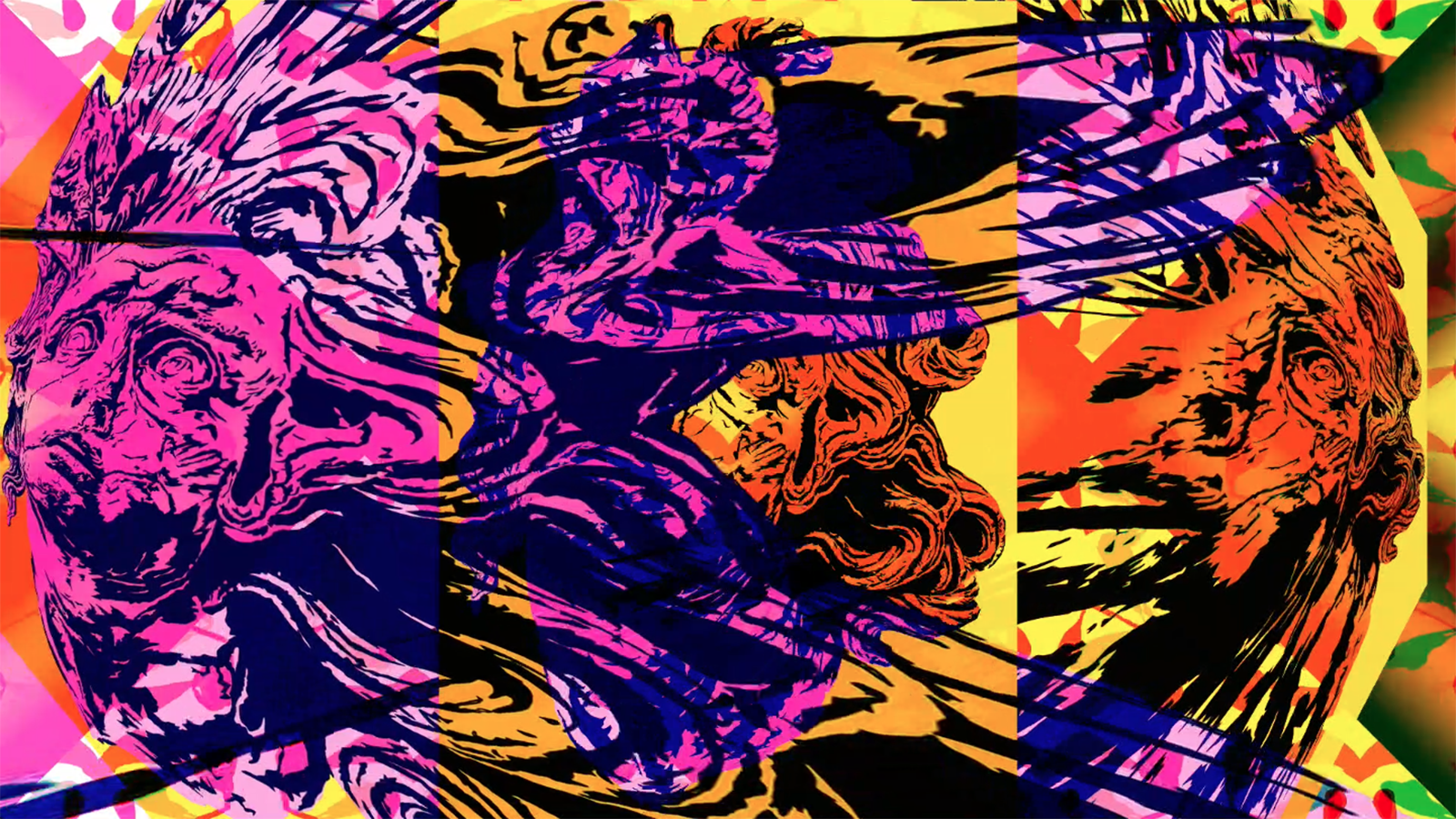
Prototyp des Pathos
(KR) 유럽의 여러 미술관에서는 극적이고 강렬한 감정을 드러내는 여러 조각상을 볼 수 있다. 인간이 느끼는 감정을 포착하여 표현하는 이러한 얼굴들은 기념품으로, 도록의 사진으로, 관광객이 찍어 올리는 수많은 사진으로 재생산된다. 감정을 나타내는 인간의 실재 표정과 조각상의 표정이 다름에도 불구하고, 이러한 반복은 인간적이지 않은 것을 인간 고유의 것으로 고정시킨다.
그리스와 로마 시대를 지나 르네상스를 거치면서 하얀 대리석 조각상은 특정한 시대의 상징물로만 존재하는 것이 아니라, 예술, 특히 서양 예술에서 전형적인 아름다움의 표상으로 자리 잡게 되었다. 특정한 양식으로 조각된 신화 속 인물의 모습은 되풀이되고 그와 유사하게 재현된 귀족, 왕족의 얼굴로 다시 만들어진다. 이러한 반복적인 재회는 조각상의 얼굴을 개별적인 존재의 얼굴이 아니라 어떤 유형으로 인식하게 만든다.
영상 작업 <Prototyp des Pathos(격정의 전형)>은 작가가 매료되어 수집한 다양한 조각상의 얼굴에서 시작한다. 가장 인간적인 감정, 또는 가장 인간적이라고 여겨지는 감정을 드러내는 순간을 아름답게 표현한 조각상의 이목구비는 수없이 반복된다. 이 과정에서 예술작품으로서 본래의 의미는 탈각되고, 이미지로서의 굴곡과 형태만 남는다. 겉으로 드러나는 형식을 강조하는 방식으로 그려진 디지털 이미지는 화려한 색상과 움직이는 기하학적인 문양이 합쳐지면서 익숙한 이미지의 일부분을 더욱더 현란하게 증폭시킨다.
(ENG) Where does the emotion come from and where did we learn how to express the emotion?
Usually it is believed that the emotions belong to the individual. But they actually belong to the society in which they exist. They have been accumulated through the history and the society shared the same experiences. We can see these accumulated emotions on the faces of others and also in works of art.
The sculptures of the Greek and Roman ages show the strong emotion of humankind. When I visited the Pergamon Museum and Altes Museum in Berlin, I was able to observe the heads of the sculptures that express the strong emotions. Through this form of representation I could feel the pathos. I was moved by them. I took photos of them and looked for photos in books. I noticed that the facial expressions and the gestures of those sculptures are parallel. They represent an ideal of human emotions. In art history, they function as the ideal expression of emotion, although one cannot see such shapes in the real world.
The Ancient sculptures are the prototype of a prototype of emotion.
(DE) Woher kommt die Emotion und wo hat man die Ausdrucksform der Emotion gelernt?
Normalerweise glaubt man, dass die Emotionen zum Individuum gehören. Aber sie gehören eigentlich zu der Gesellschaft, in der sie lebt. Sie wurden durch die Geschichte und die sozialen, gemeinsamen Erfahrungen gesammelt und angehäuft. Man sieht diese angehäuften Emotionen auf den Gesichtern der Anderen und auch in Kunstwerken.
Die Skulpturen des griechischen und römischen Zeitalters zeigen die starke Emotion des Menschen. Als ich das Pergamon Museum und Alte Museum in Berlin besucht habe, konnte ich die Köpfe der Skulpturen, die die starken Emotionen ausdrücken, beobachten. Durch diese Darstellungsform konnte ich das Pathos fühlen. Ich war davon ergriffen. Ich habe sie fotografiert und Fotos in Büchern gesucht. Dabei habe ich bemerkt, dass die Mimik und Gestik der Skulpturen eine Parallelität haben. Sie stellen ein Ideal der Emotionen des Menschen dar. In der Kunstgeschichte funktionieren sie als die ideale Ausdrucksform der Emotion, obwohl man keine solche Gestaltungen in der realen Welt sehen kann.
Die Skulpturen der älteren Zeit sind der Prototyp eines Prototyps der Emotion.



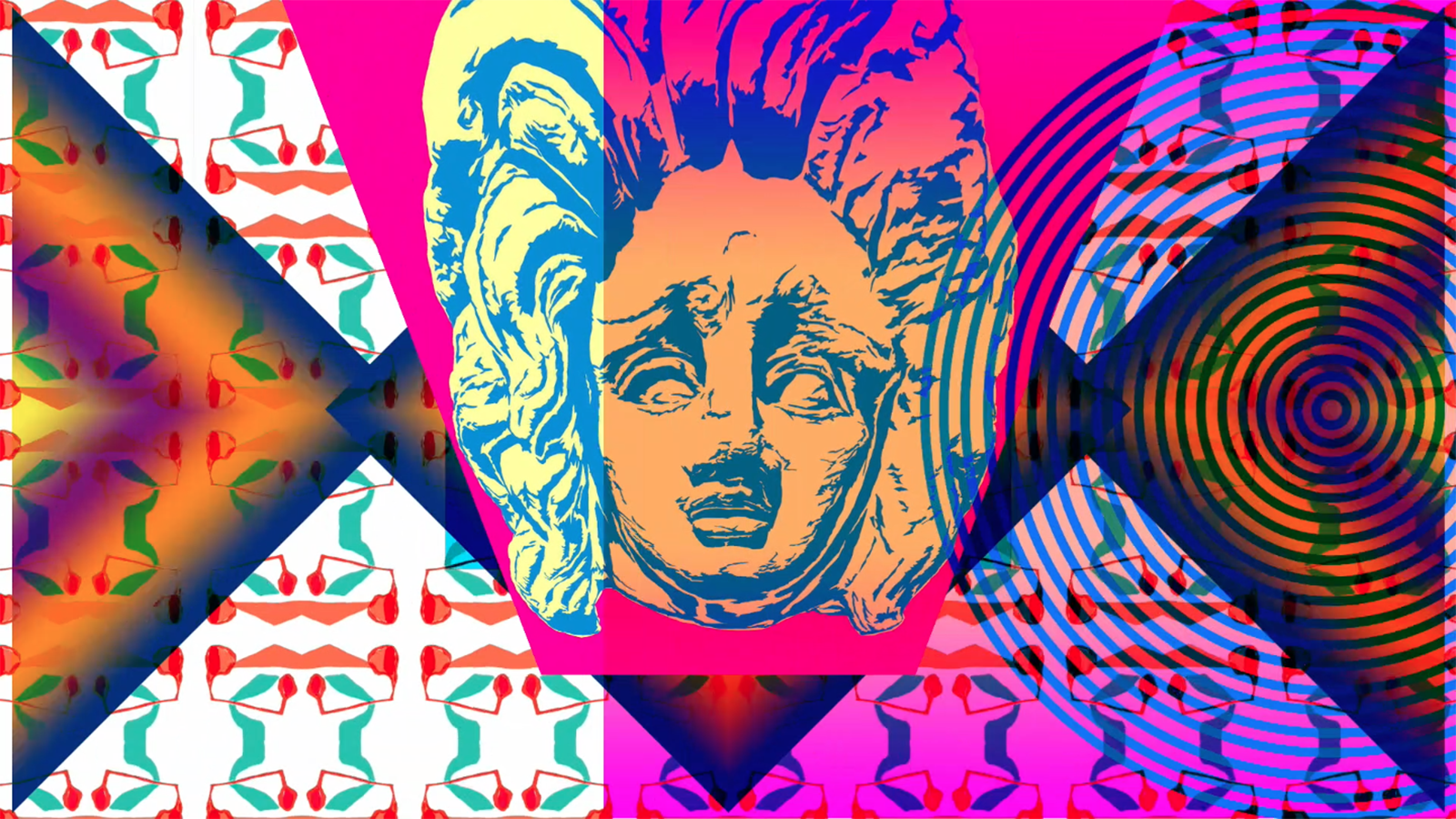
Referenzen
Head of Hekate’s opponent, from the east frieze of the great altar of Pergamon, ca. 180-150 BC Head of Alexander, reportedly from Megara, ca.320 BC Falling Celt attributed to the “Small Pergamene Dedication” on the Athenian Akropolis (Roman copy), original ca. 200-150 BC Head of a Giant in the grip of the sea nymph Doris from the west frieze of the great altar of Pergamon Head of defeated Celt attributed to the “Small Pergamene Dedication” on the Athenian Akropolis Colossal Athena attributed to Euboulides of Athens, from Athens, ca. 29 BC to 14 AD Head of Alkyoneus, from the east frieze of the great altar of Pergamon Gorgoneion of the Temple of Trajan in Pergamon, ca. 125-138 (?) AD Colossal head of Hercules from the Capitoline (Rome), ca. 150-125 BC Head of the dying Celtic Trumpeter (Roman copy), original ca. 220 BC Head of Laokoon from “Laokoon and his sons”, ca. 200(?) BC
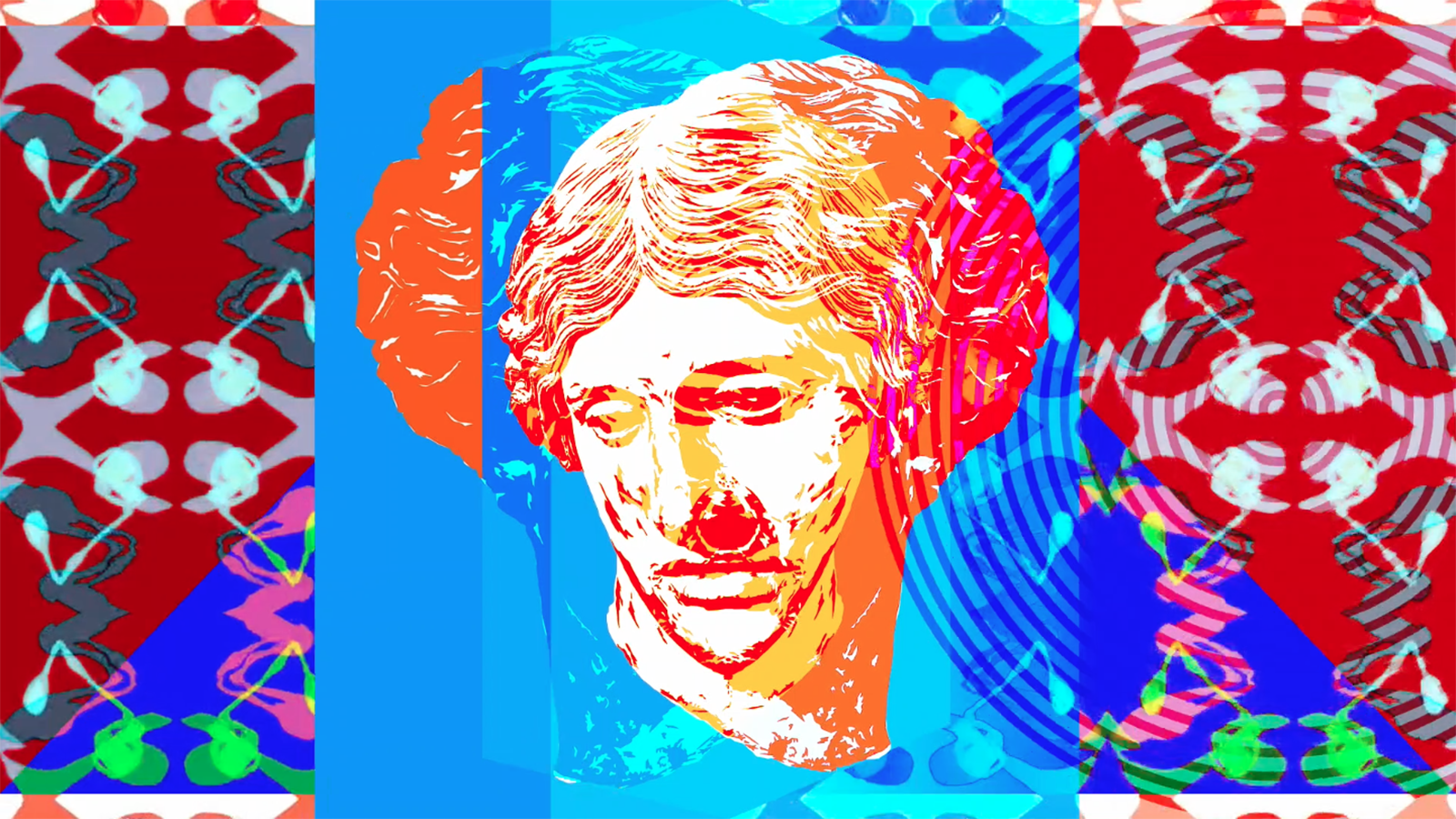

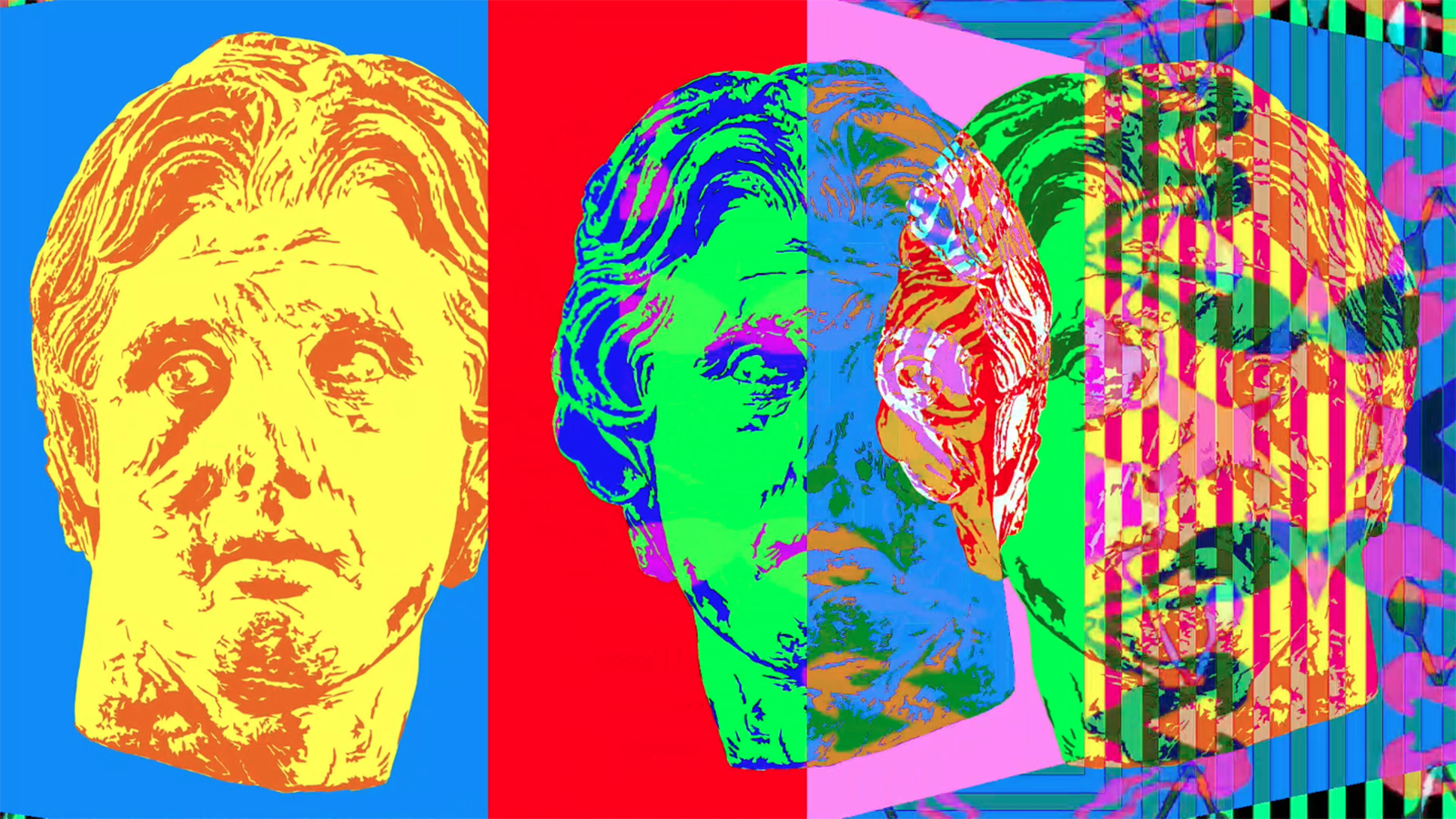
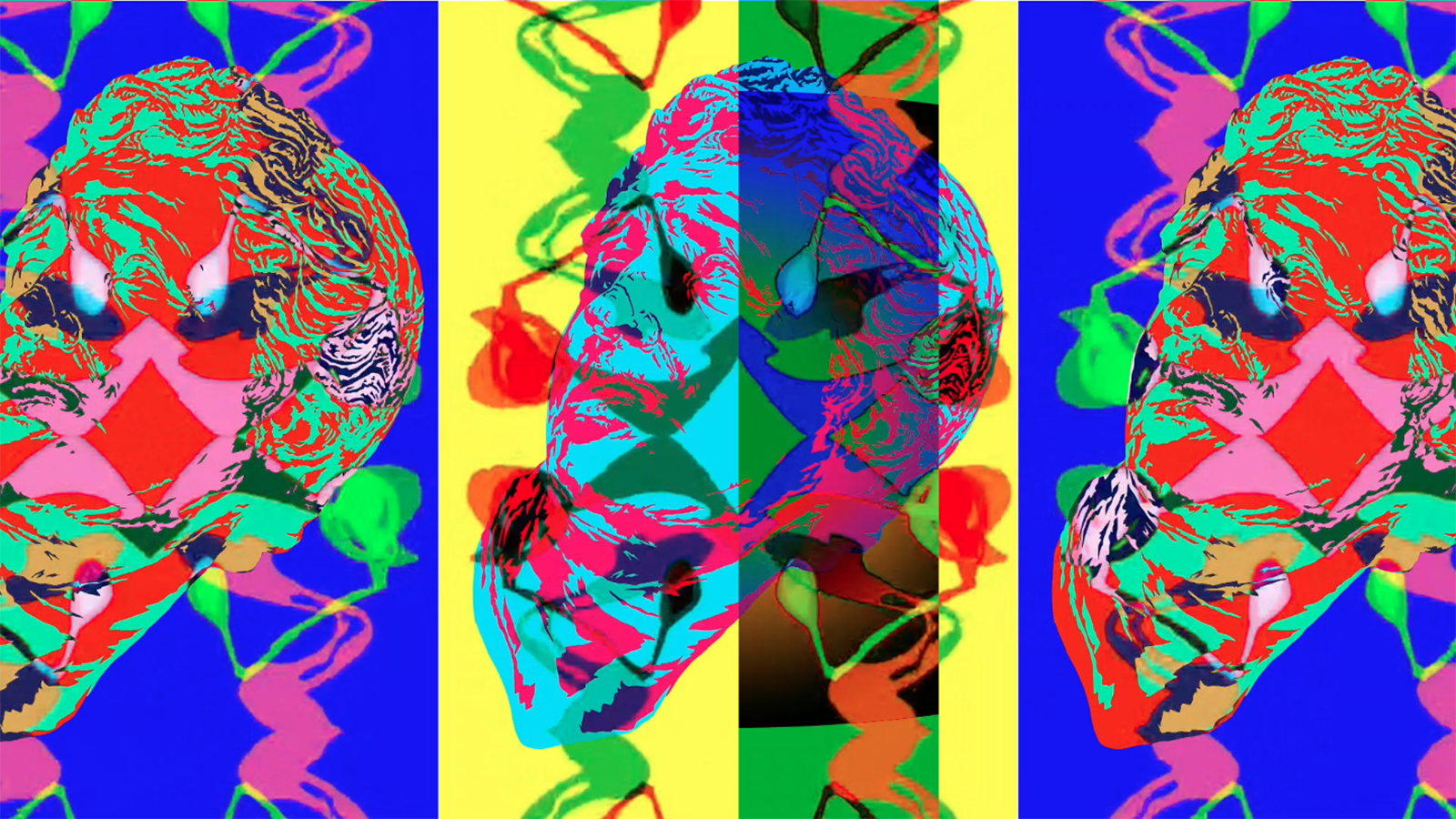
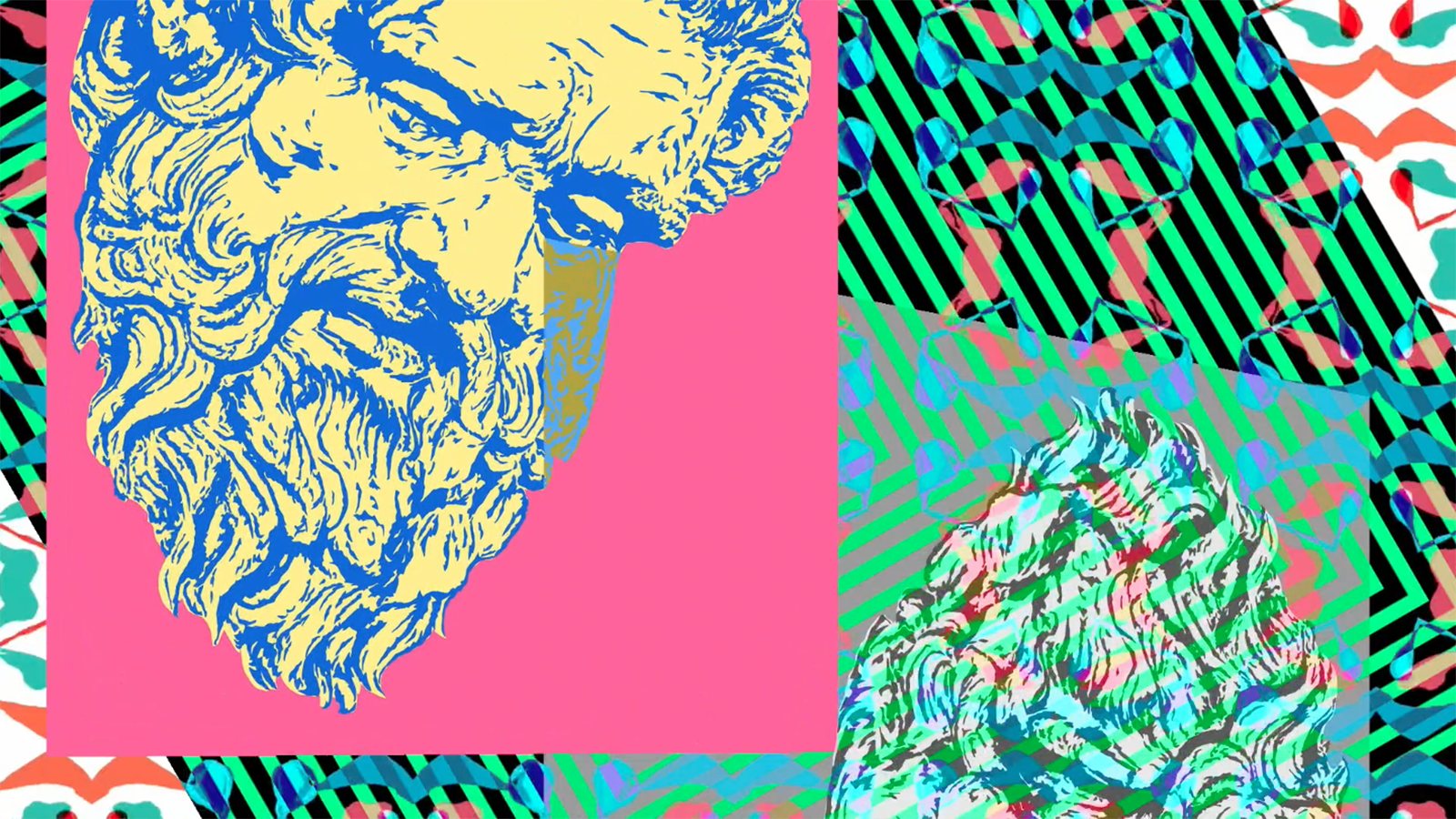
Portrait head of Tiberius from a relief, ca. 14(?) AD Head of “Sosikles Amazon” type (Roman copy), ca. 440-430 BC Head of the opponent of the Dione from the north frieze of the great altar of Pergamon Head of the younger son of Laokoon
Head of the drunken satyr, ca. 230-200 BC
Head identified as Attalos I, from Pergamon, ca.240-200 BC Colossal head identified as King Demetrios Polioketes, from the steps of the Dodekatheon at Delos, ca. 306-301(?) BC Head of the central hunter of the Mattei sarcophagus I, ca. 300 AD Head of Alexander(?) from Pergamon, ca. 200-150 BC
Priest, from the Athenian Agora, ca. 50 BC

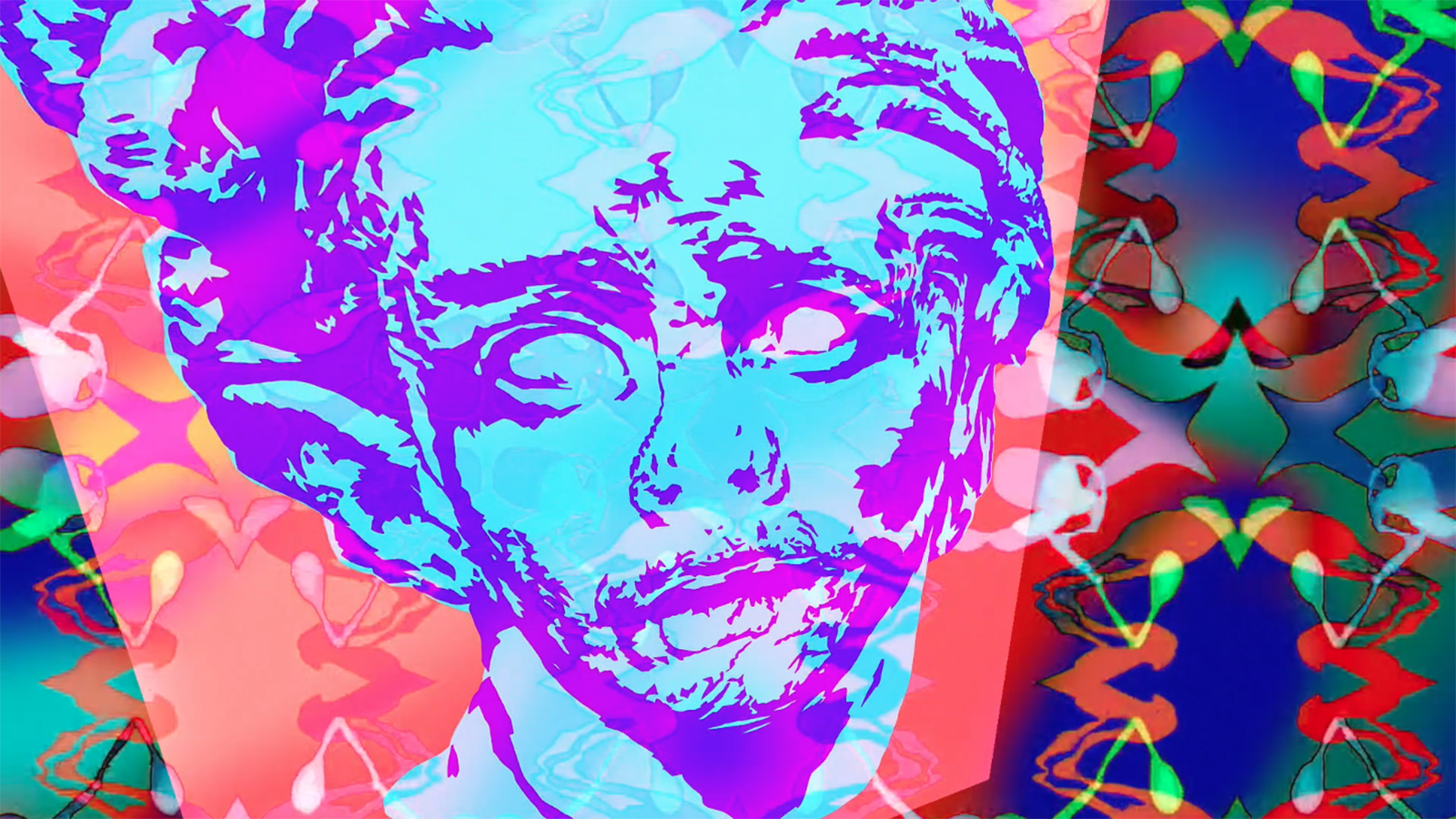
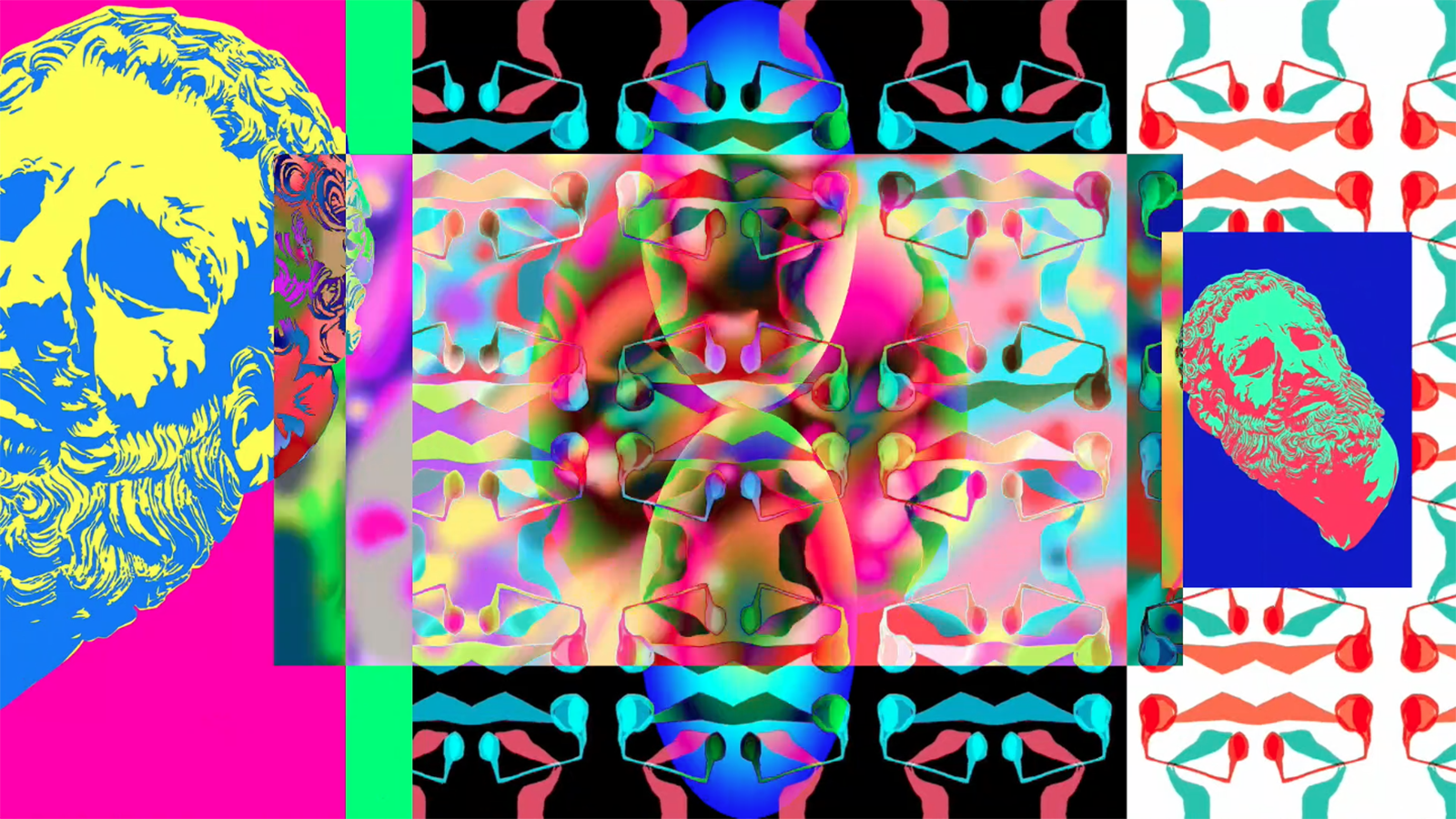


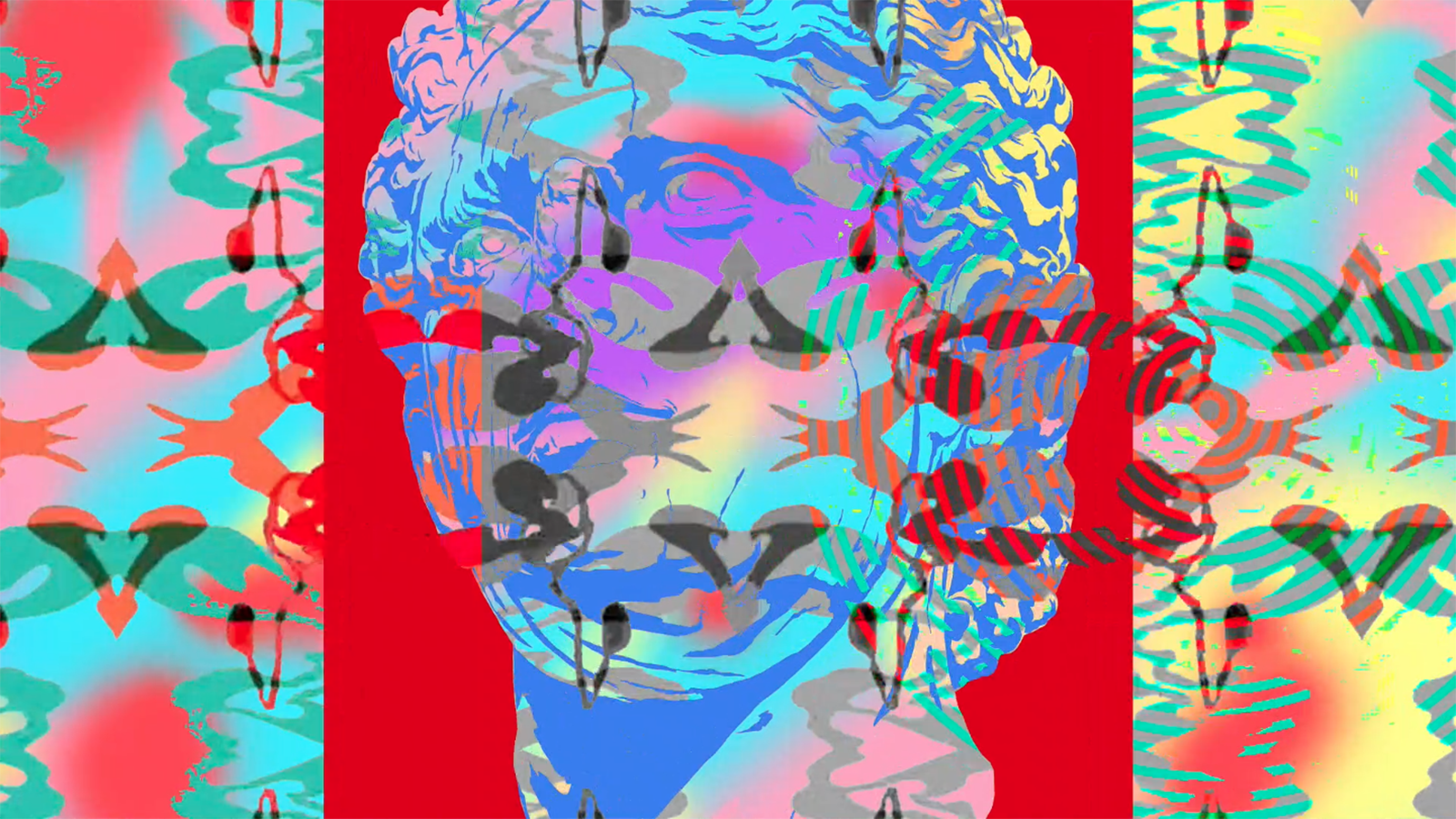
Head of Diodoros Pasparos, from the “Marmorsaal” of his gymnasium at Pergamon, ca. 80-60 BC Head of the elder son of Laokoon Head of another copy (“white” type) of the Marsyas (Roman copy), original ca. 200-150 BC Head of Apollo of Belvedere (Roman copy), orignal ca.350-300 BC Colossal head of King Ptolemy IX Soter II of Egypt, from Memphis, ca. 100-80 BC Celt, from the Fayum, ca. 175-150 BC
Fist fighter from the Hill, ca. 100-50 BC Head of “Nyx”/Persephone, from the north frieze of the great alter of Pergamon Head of the “Kassel” Apollo (Roman copy), original ca. 470-460 BC Head of the fighting Gaul, from the Agora of the Italians on Delos, ca. 100 BC Arsinoe III, from the Sarapeion at Alexandria, ca. 217-204 BC Head of the singing or talking Dionysus, ca. 270-250 BC Head of Discophoros by Polykleitos of Argos, ca. 460/450 BC “Aberdeen” Herakles from Greece, ca. 350-330 BC
Antinous of Écouen, ca. 76-138 AD
Head of Pothos from villa near the Via Cavour, ca.200(?) AD
2020
Digitale Zeichnungen der Skulpturen des griechischen und römischen Zeitalters
Animationsfilm - 00:10:16